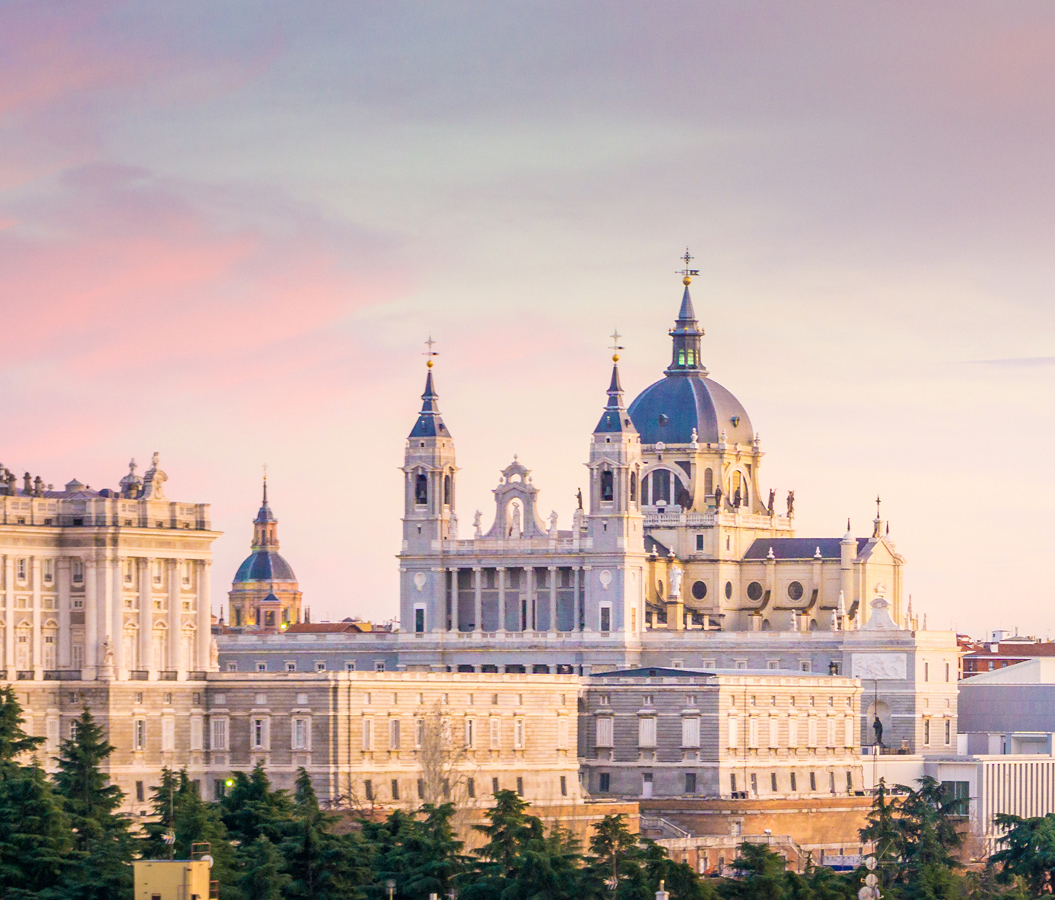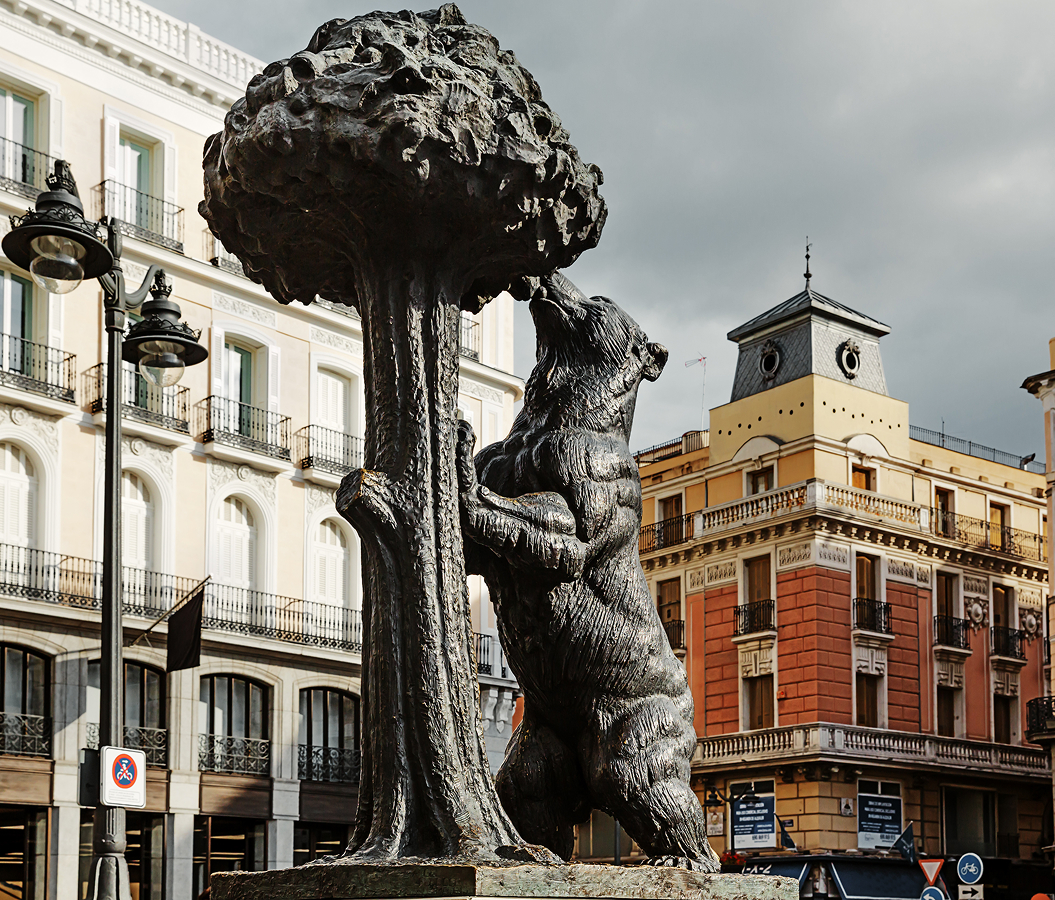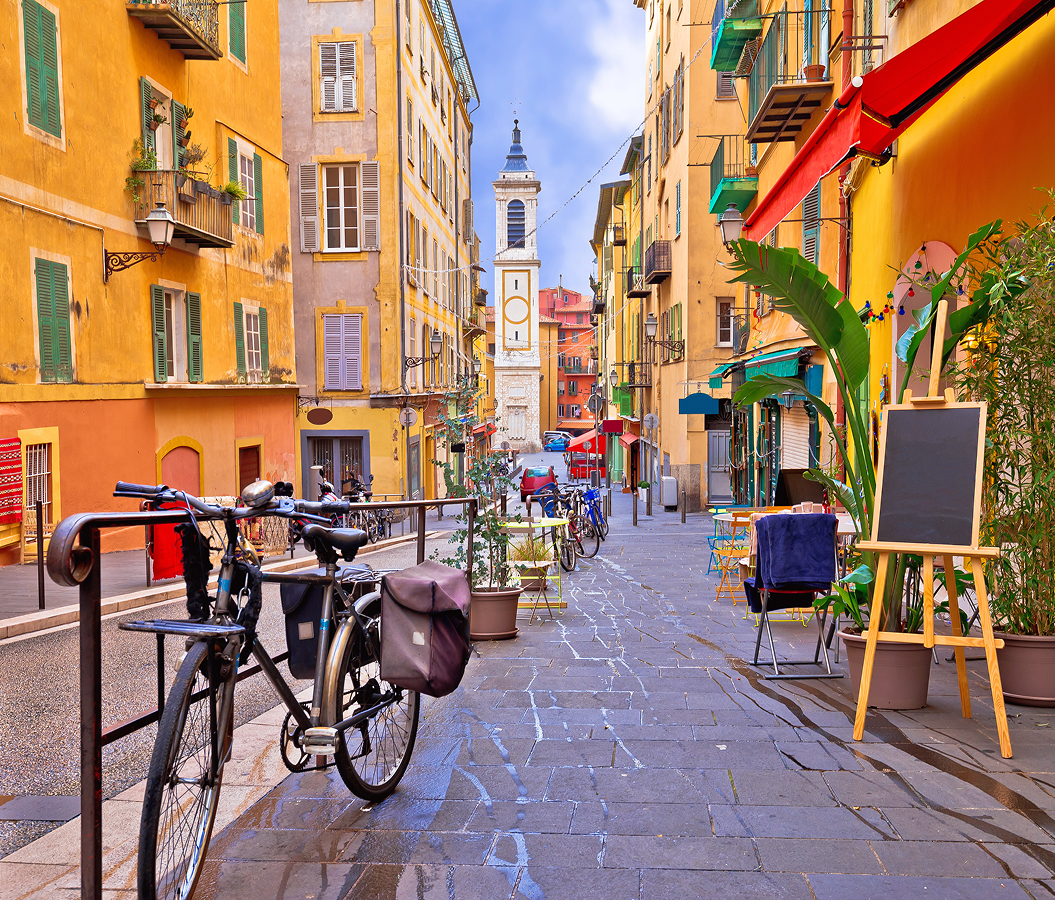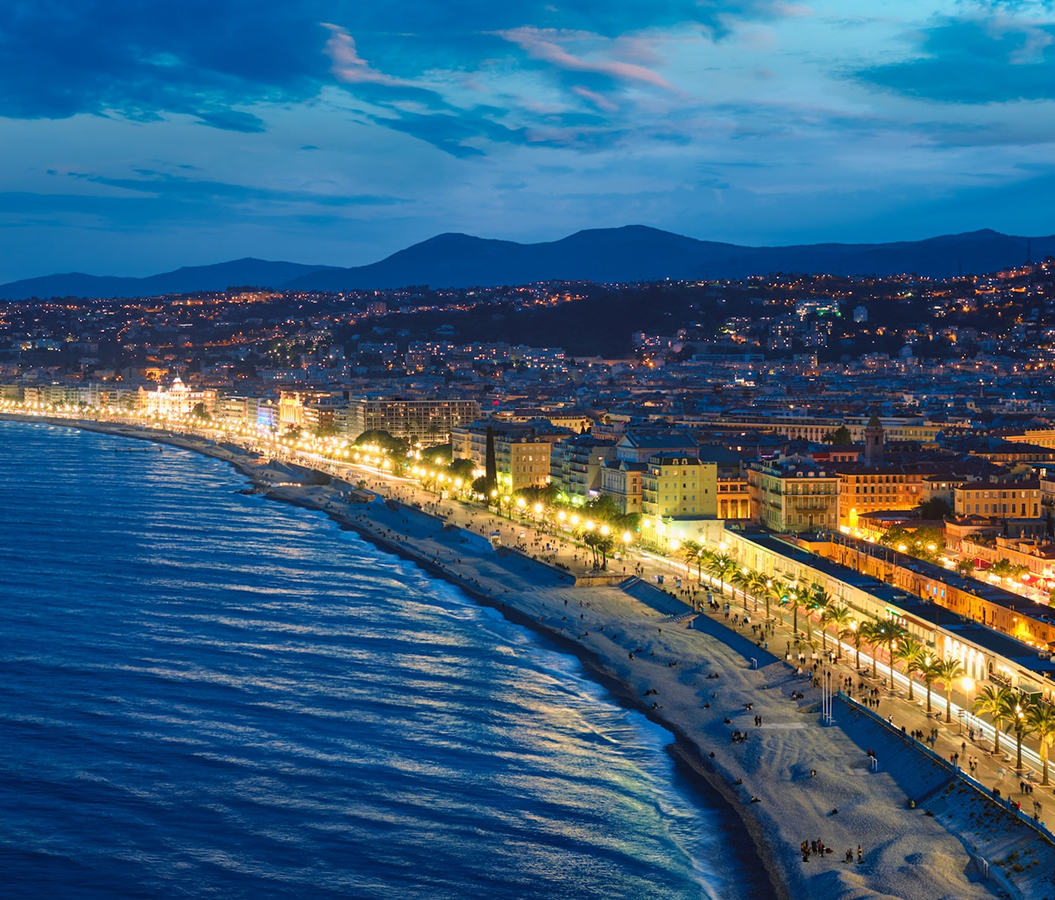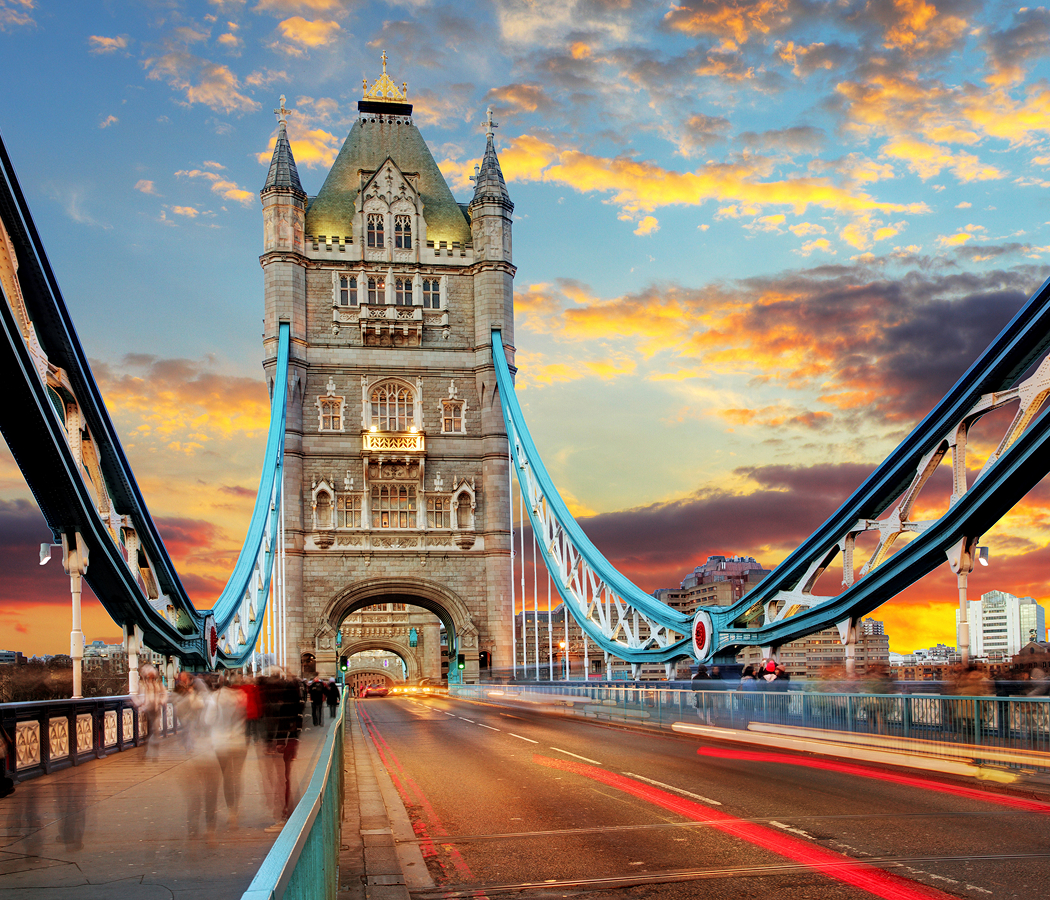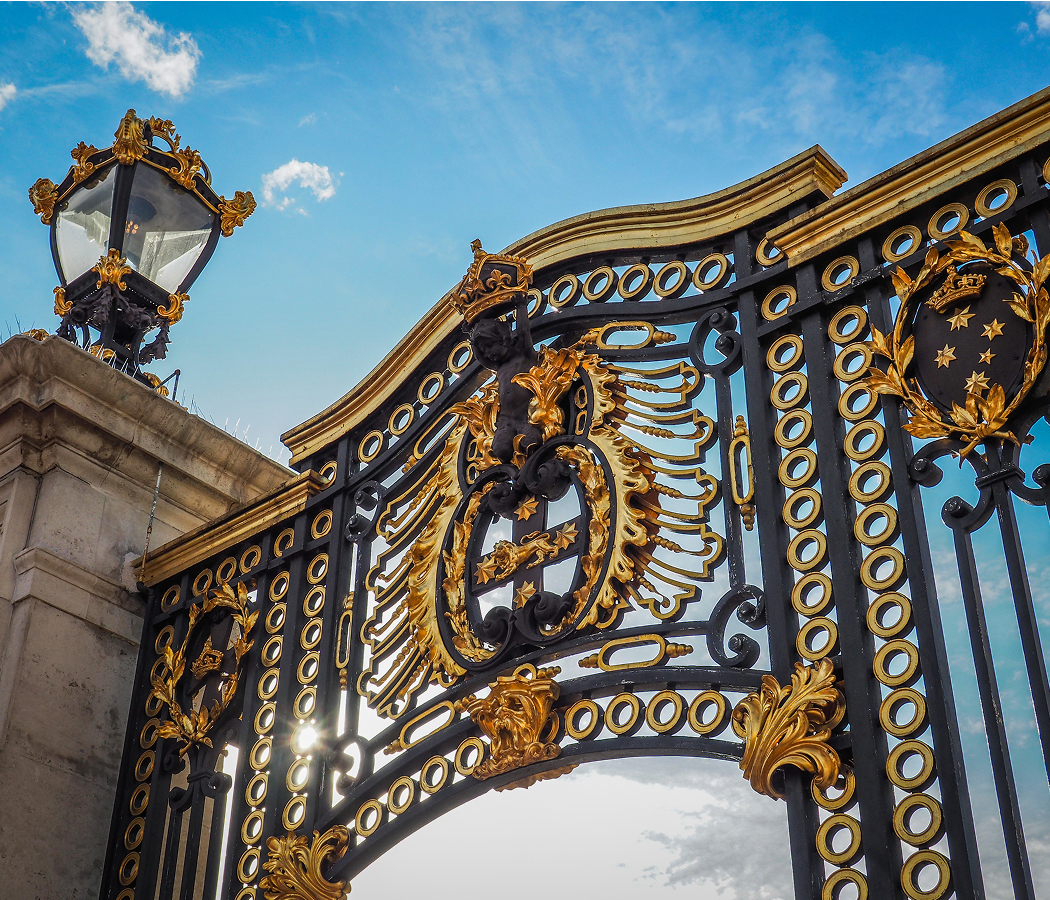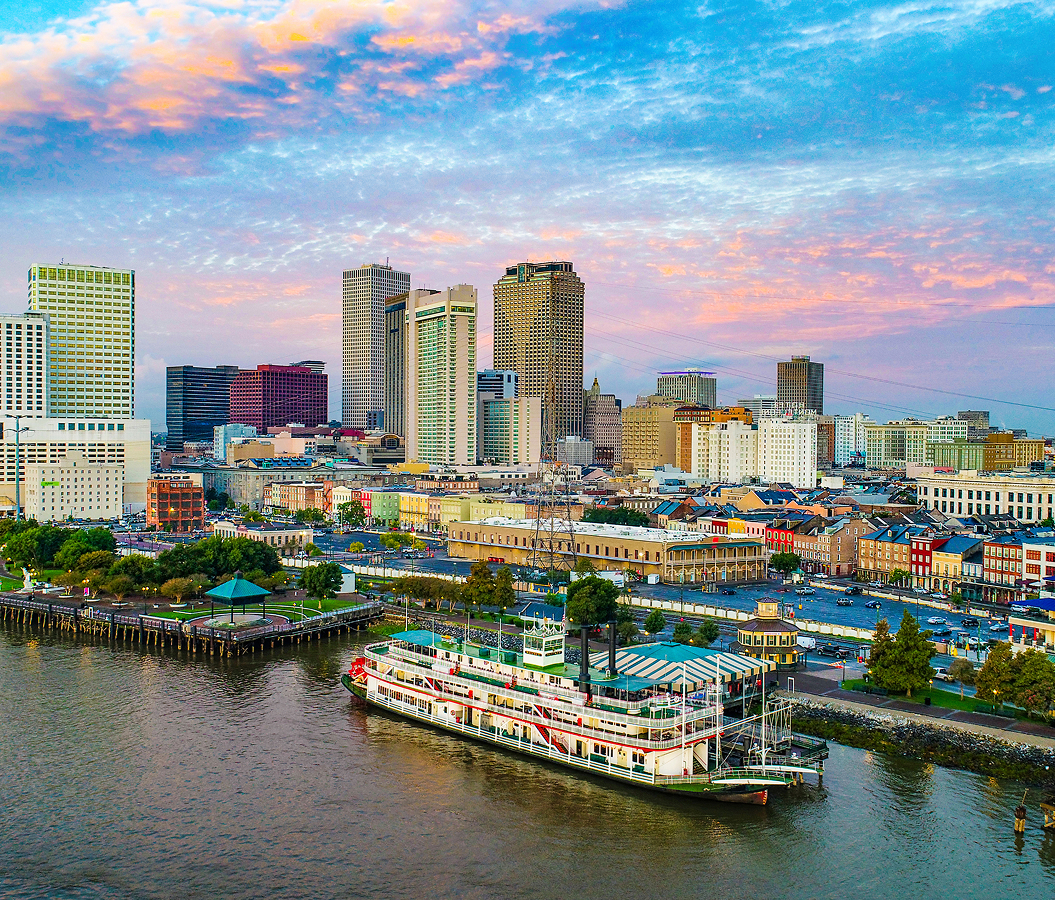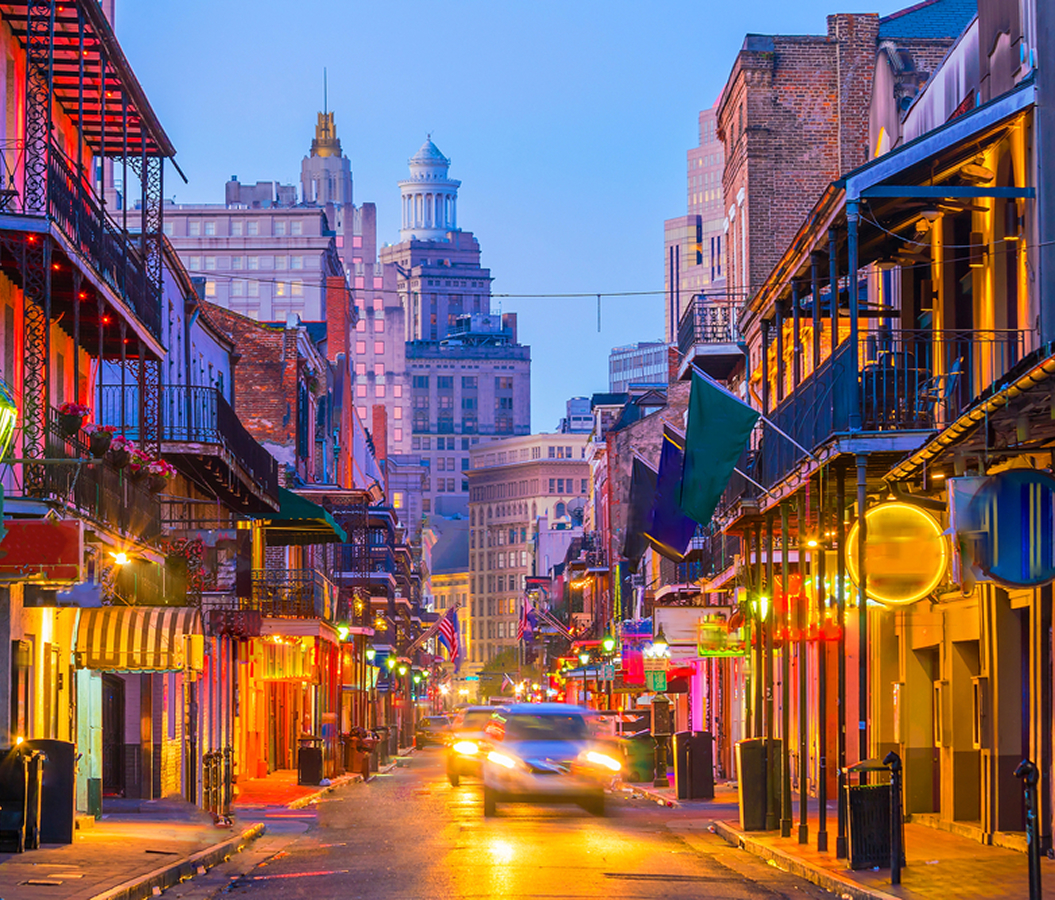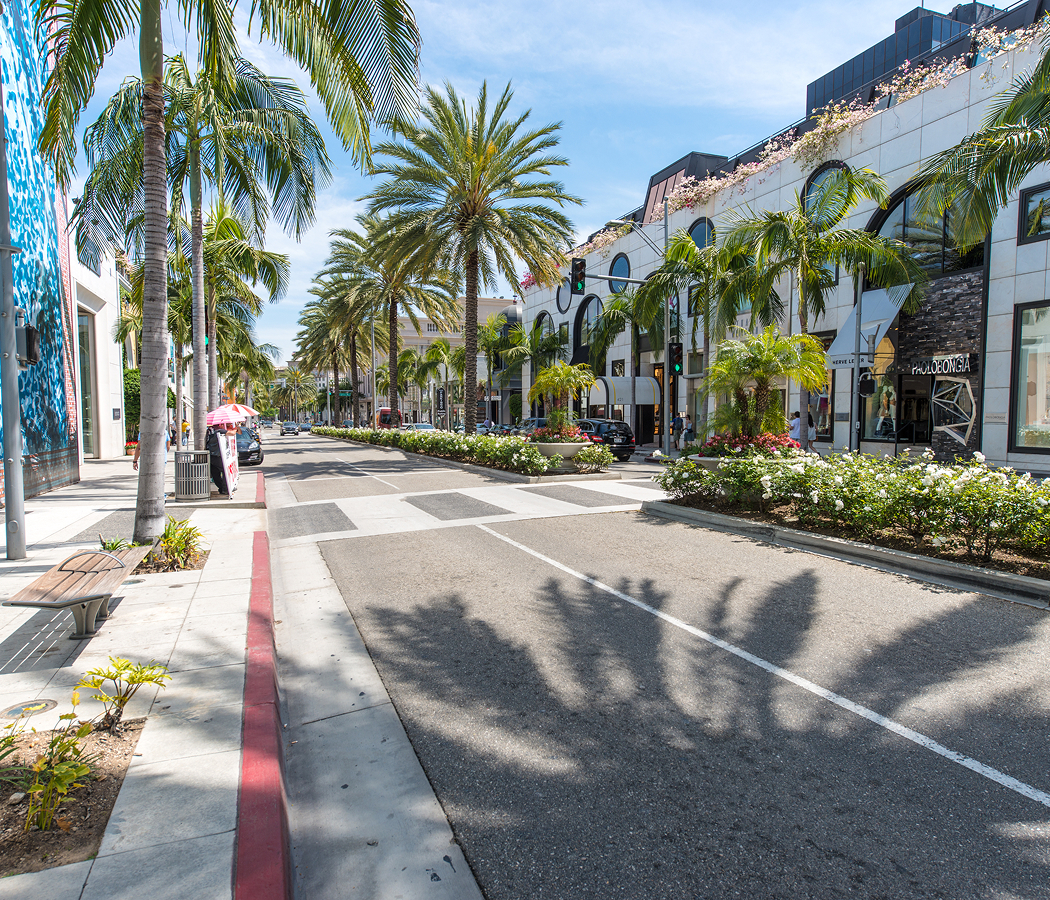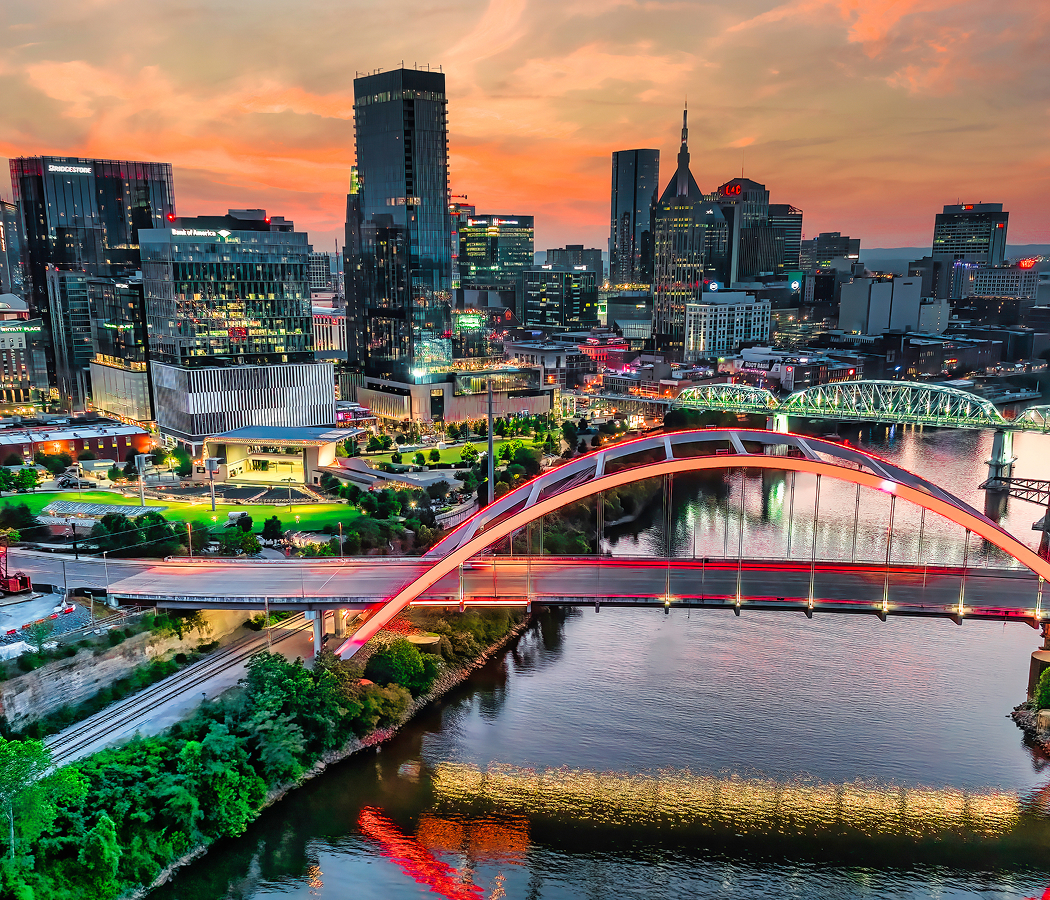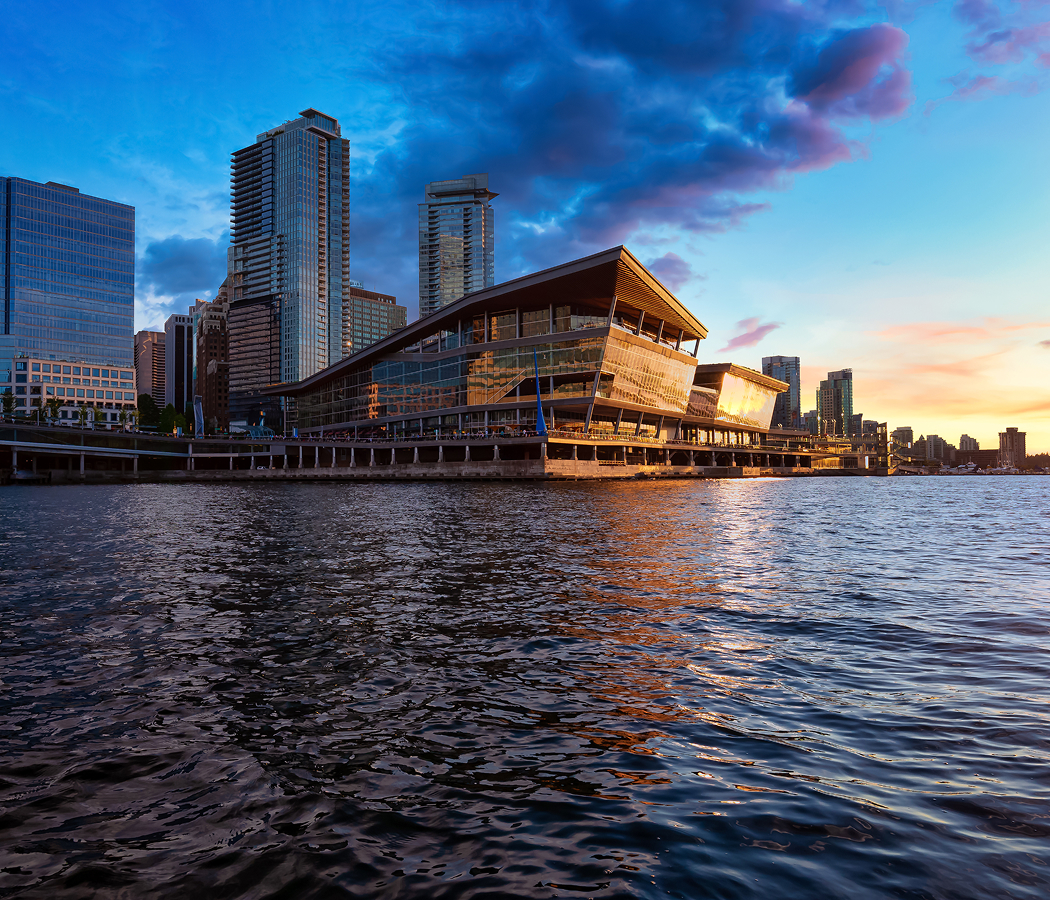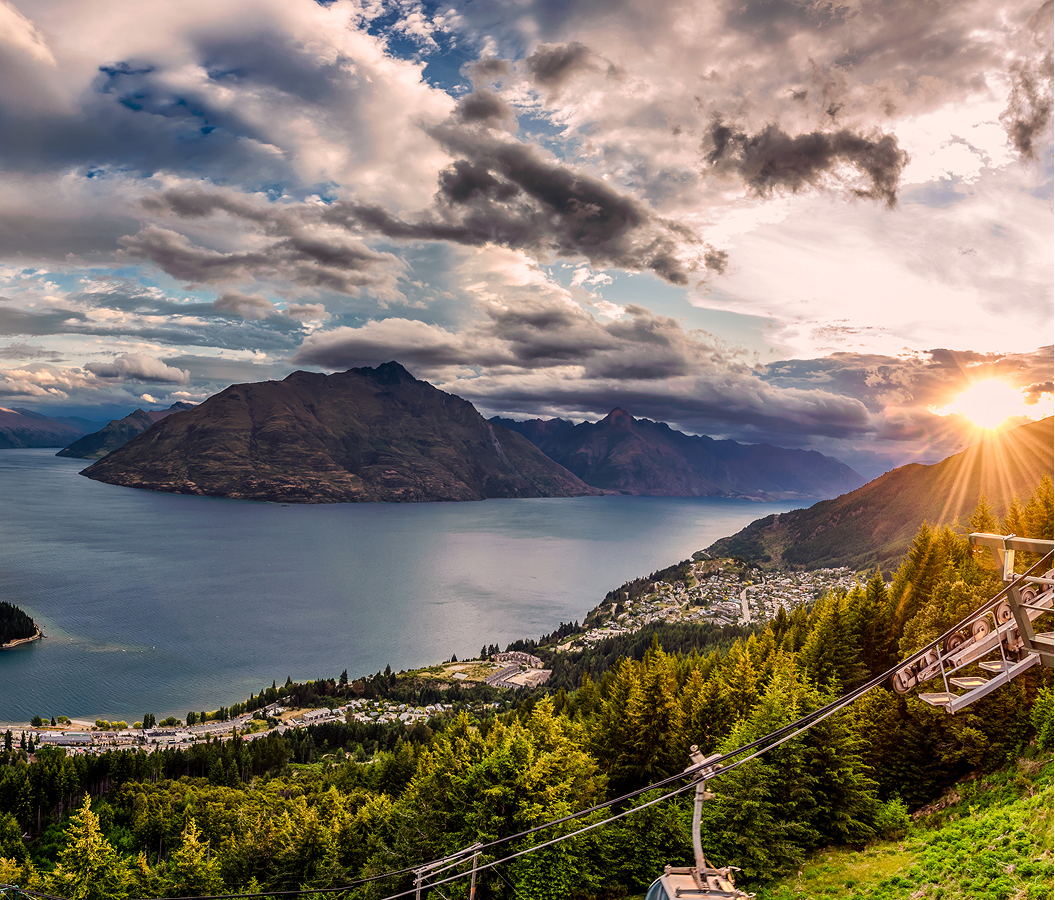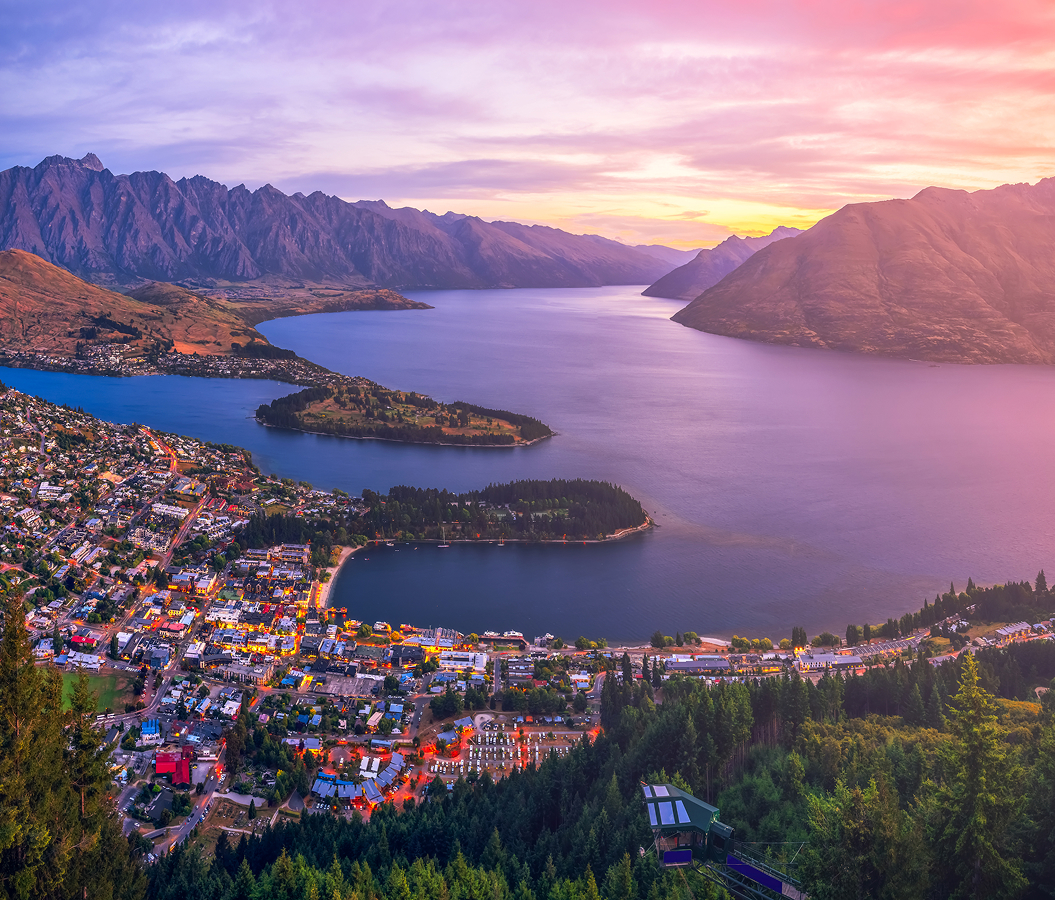
Why you should experience the Museo Nacional del Prado (Prado Museum) in Madrid.
The Museo Nacional del Prado, or Prado Museum, is Madrid’s crown jewel, a temple of art where centuries of genius hang side by side, breathing life into Spain’s soul.
From the moment you step through its neoclassical façade, you can feel the weight of civilization itself, the hush that comes when beauty transcends time. Founded in 1819 by King Ferdinand VII, the Prado was born from a royal collection but has evolved into one of the world’s greatest galleries, a place where painting, politics, and poetry intertwine. Every gallery is alive with drama and revelation: Velázquez’s Las Meninas, Goya’s The Third of May 1808, Bosch’s The Garden of Earthly Delights, works that not only shaped European art but also challenged its very meaning. The Prado doesn’t just display masterpieces; it reveals the evolution of the Western imagination. Inside, time slows. The air feels charged with reverence, whispers soften, footsteps echo like heartbeats. Each room tells a story of kings and saints, of madness and faith, of Spain’s unrelenting dialogue between darkness and light. To wander the Prado is to see humanity reflected in brushstrokes, flawed, defiant, divine.
What you didn’t know about the Museo Nacional del Prado.
Behind the Prado’s grandeur lies a history of revolution, resilience, and rediscovery.
The museum’s origins stretch back to the Spanish Enlightenment, when Charles III commissioned the building as a natural history cabinet, a museum of science rather than art. But by 1819, his grandson Ferdinand VII, encouraged by Queen Maria Isabel de Braganza, transformed it into a gallery dedicated to Spain’s royal art collection. What began with just 311 paintings has grown to over 8,000 works, each a window into the triumphs and tragedies of empire. The Prado’s collection is uniquely intimate; unlike other great European museums built on acquisitions or conquest, it reflects a nation’s internal evolution. Velázquez dominates its heart, his portraits of kings and jesters reveal a painter who understood power as performance. Goya, his spiritual heir, stretches that truth to its breaking point, chronicling Spain’s descent into war and madness with brutal honesty. His Black Paintings, transferred from his home’s walls, remain some of the most haunting works in existence, raw, existential, utterly modern. Yet beyond Spain’s masters, the Prado’s depth astonishes: Titian’s sensual mythologies, Rubens’ monumental forms, Bosch’s surreal visions, and Raphael’s serene balance. The museum also safeguards lesser-known treasures, early Flemish panels, religious sculptures, and royal tapestries that speak to Spain’s centuries of global influence. Few visitors realize that during the Spanish Civil War, the Prado’s collection was secretly evacuated to Switzerland to prevent its destruction, an act of courage that preserved the soul of Spanish culture. Even today, restoration teams continue to uncover hidden layers beneath the paint, finding new light in centuries-old pigment. The Prado, in essence, is a living organism, still revealing truths long after its artists are gone.
How to fold the Museo Nacional del Prado into your trip.
The best way to experience the Prado is not to rush, it’s to surrender.
Begin your visit early, entering through the Puerta de Goya, where the master himself seems to welcome you. The galleries are vast, so think of your route not as a checklist but as a pilgrimage. Start with Velázquez, his Las Meninas alone can hold you for half an hour, an endless puzzle of perspective and meaning. Move next to Goya’s rooms, where light and shadow wage their eternal war. Stand before The Third of May 1808, and feel the pulse of defiance, one man’s final breath turned into immortality. From there, lose yourself among Titian’s mythological canvases, Bosch’s chaotic visions, and El Greco’s elongated saints reaching for heaven. Take breaks often, step into the central courtyard or the café to let your mind breathe. Return for the quieter rooms upstairs, where portraits of Infantas, cardinals, and courtiers whisper the subtler politics of Spanish art. If you have time, explore the attached Jerónimos Church, once part of the royal monastery that gave the Prado its original spirit of reflection. When you emerge into the light of Paseo del Prado, you’ll feel transformed, Madrid’s hum will sound softer, colors sharper, the world somehow deeper. For an ideal afternoon pairing, stroll to the nearby Thyssen-Bornemisza Museum or Reina Sofía to complete Madrid’s “Golden Triangle of Art,” where Picasso’s Guernica continues the story Goya began. But it’s the Prado that lingers, not as a museum, but as an encounter with the eternal. To stand in its galleries is to touch the heartbeat of Spain, fierce, fragile, and forever human.
Hear it from the Foresyte community.
You expect just another museum until you’re face to face with Goya. Then it’s like oh… this is what nightmares and genius look like.
Where meaningful travel begins.
Start your journey with Foresyte, where the planning is part of the magic.
Discover the experiences that matter most.

